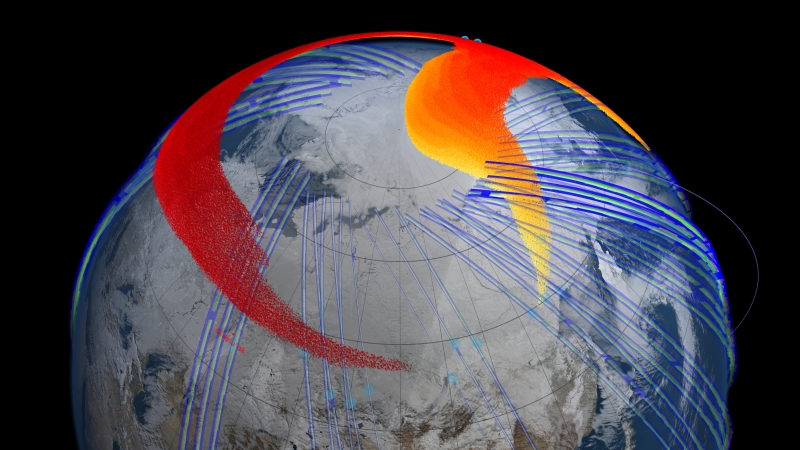Atmospheric physicist Nick Gorkavyi missed witnessing an event of the century last winter when a meteor exploded over his hometown of Chelyabinsk, Russia. From Greenbelt, Md., however, NASA’s Gorkavyi and colleagues witnessed a never-before-seen view of the atmospheric aftermath of the explosion.
Shortly after dawn on Feb. 15, 2013, the meteor, or bolide, measuring 59 feet (18 meters) across and weighing 11,000 metric tons, screamed into Earth’s atmosphere at 41,600 mph (18.6 kilometers per second). Burning from the friction with Earth’s thin air, the space rock exploded 14.5 miles (23.3 kilometers) above Chelyabinsk.
The explosion released more than 30 times the energy from the atom bomb that destroyed Hiroshima. For comparison, the ground-impacting meteor that triggered mass extinctions, including the dinosaurs, measured about 6 miles (10 kilometers) across and released about 1 billion times the energy of the atom bomb.
Some of the surviving pieces of the Chelyabinsk bolide fell to the ground. But the explosion also deposited hundreds of tons of dust up in the stratosphere, allowing a NASA satellite to make unprecedented measurements of how the material formed a thin but cohesive and persistent stratospheric dust belt.
